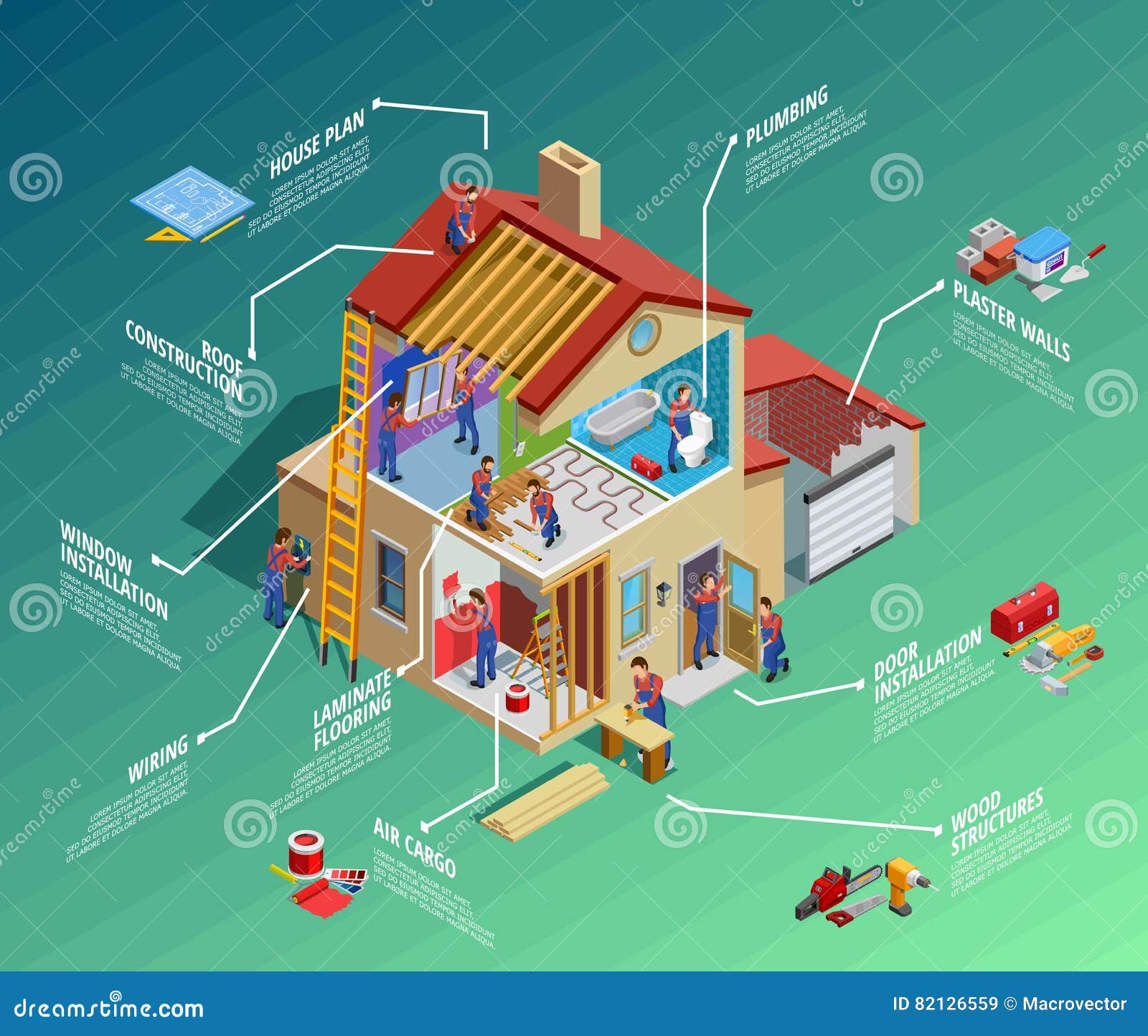Explore Just How Altering Weather Condition Patterns Can Impact Your Roofing System Setup And Safeguard A Work That Meets Your Criteria
Explore Just How Altering Weather Condition Patterns Can Impact Your Roofing System Setup And Safeguard A Work That Meets Your Criteria
Blog Article
Team Author-Terry Smith
When it comes to roof covering installations, the weather condition can make or damage the work. Envision the stress of taking care of products that will not comply because of severe heat or battling unsafe surface areas triggered by unanticipated rainfall. Comprehending the influence of climate condition on your roofing job is essential for a successful outcome. So, let's explore just how different climate elements can affect the high quality and toughness of your roof covering installment, making certain a task well done.
Impact of Temperature on Roof Covering Installment
When it concerns roofing setup, temperature plays a vital role while doing so. The excellent temperature level for roof covering tasks normally falls between 45 and 85 degrees Fahrenheit. Extreme heat can create products like tiles to come to be as well pliable, resulting in prospective damage during setup. On the other hand, cold temperature levels can make products brittle and vulnerable to splitting. It is very important to arrange roofing installments during moderate temperature levels to guarantee the best result.
During colder climate, contractors might require to take added preventative measures such as making use of warmed equipment or permitting materials to warm up before setup.
In contrast, heat may require work to be done earlier or later in the day to prevent the peak temperature levels. By thinking about the temperature and its results on roofing products, you can aid make certain a successful installation that will hold up against the elements for several years ahead.
Effect of Rainfall on Roofing Projects
Roof covering tasks can be substantially affected by precipitation, influencing both the timeline and the quality of the installation. Rain or snow can create slippery problems, making it unsafe for contractors to service a damp surface area. Additionally, moisture can endanger the bond of products like tiles or underlayment, causing possible leakages or damages in the future.
If it rains throughout a roof covering project, the water can leak right into at risk locations, creating hold-ups as the setup staff need to wait on the roof covering to completely dry prior to continuing. Too much moisture can additionally promote the development of mold and mildew and mold, further threatening the honesty of the roof.
To avoid these issues, it's recommended to set up roof tasks during drier seasons or check the weather forecast very closely to plan about any possible rainstorms. By taking safety measures to operate in desirable climate condition, you can make certain a smoother and more effective roofing system installation procedure.
Influence of Wind Speed on Installation Success
Throughout roof setup, the speed of the wind plays a vital role in figuring out the success of the project. High wind speeds can posture significant obstacles to roofing professionals, potentially bring about safety risks and high quality problems. When wind speeds surpass recommended limits, it becomes challenging to deal with materials, boosting the risk of mishaps and damages to the roof covering products. Strong gusts can additionally impact the precision of dimensions and the accuracy needed for correct installation.
To make certain an effective roofing system setup, it's vital to monitor and take into consideration wind speeds. Ideally, roof covering installment should take place on days with low to modest wind speeds. learn this here now enhances the security of the employees yet additionally improves the total high quality of the installation.
Roof tasks arranged throughout tranquil climate condition are more probable to be finished efficiently and with fewer errors. By taking note of wind speed forecasts and intending accordingly, you can aid ensure a smooth and successful roofing system installment procedure.
Conclusion
So, when it concerns roof covering installation, remember to think about the weather to make sure an effective task. Optimum temperatures, dry conditions, and moderate wind speeds are vital elements to prioritize for a smooth setup process. By arranging your job throughout the best periods and perfect climate condition, you can achieve a long lasting and lasting roofing system that will secure your home for years to find.
